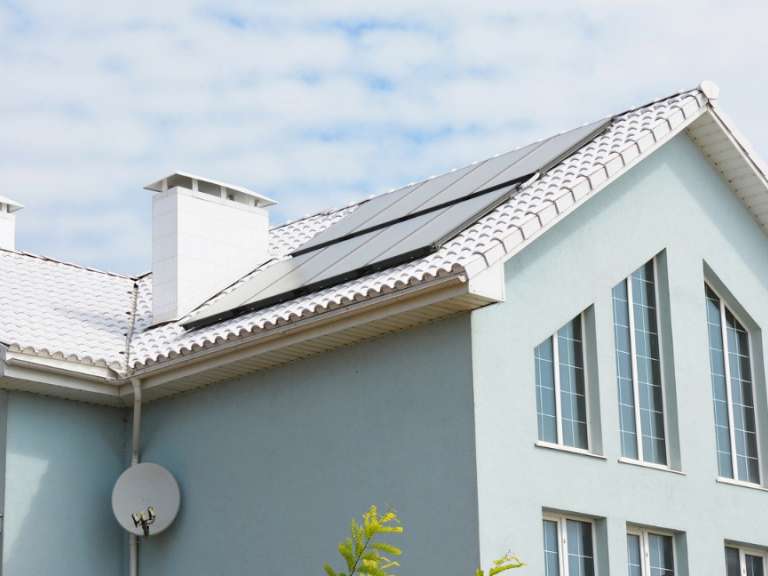As outlined in a 2018 EY report, energy consumers are fast becoming producers, or energy prosumers. The study estimates that by 2022 it will cost the same to self-generate and store power as it will to buy from incumbent energy providers. This could happen as soon as 2021 in Oceania, but slightly later in the US.
The three tipping points facing the energy sector, EY says, are: off-grid price parity; electric vehicle (EV) and combustion engine price and performance parity; and the cost of transporting electricity exceeding that of generating and storing it locally.
In an interview with Transform, Serge Colle, EY's global power & utilities advisory leader, says this defection from mainstream electricity supply by energy prosumers will cause fundamental disruption for asset managers—as well as new opportunities. His comments, edited for style and space, follow.
Why did EY conduct this study?
Serge Colle: Everyone in the energy sector is exposed to the same energy [challenges]: security of supply, decarbonization, and affordability. But globally there are different regulations [shaping responses]. Therefore, there is much uncertainty around how and when the energy conditions will unfold. We have tried to put timings on the most defining transitions for conclusions that can lead to decision making today.
What is driving the three main "tipping points" the report outlines?
Colle: We are facing an energy transition that is supported by technology but primarily consumer led. When many of the key components that will transform the energy system, such as batteries and EVs, become economically more viable, the regulators will also respond.
All of industry and other players are converging around energy right now because when those components become viable, this will present new business opportunities. That is fundamental in understanding what will happen.
The reality is these tipping points are all coming quicker than expected, and they might happen even sooner rather than later. We see grid defection: not necessarily people leaving the network completely, but fewer kilowatts are consumed because people are generating and consuming locally.
The most fundamental thing we see is those two energy systems—the central-led, old energy system and a new decentral energy system—need to coexist between now and 2050.
In terms of energy prosumers, how does the situation vary for different regions?
Colle: Europe and Australia are in similar contexts but with different circumstances. According to our research, they will experience the same pace of change, more or less.
In the Australian market, there is a shortage of supply, very high energy prices, and an aging coal fleet. Those circumstances, coupled with abundant sunshine, will accelerate rapid adoption of decentral energy generation such as solar.
In Europe, the utilities have been writing off assets over the past five years because of overcapacity in the market due to generous intervention schemes to support renewables. This has created complexities and challenges on the generation side and a complete rebalancing of portfolios.
We will see an accelerated introduction of renewables in Europe. Generators should expect to be under pressure.
What does this mean for asset managers?
Colle: That utilities, retailers, generators, and distribution-transmission companies need to prepare for the change now.
Regardless of how you define it, if you are a power generator, your asset needs to run at maximum efficiency, which means a high level of reliability in conjunction with very low costs. This can only be achieved by digitizing these assets and reaping the associated benefits.
If you are a network company, there is a different view. As renewables increase in the system, along with EVs, the network needs to be transformed by embedding the right infrastructure.
You say digitization will be key, but how?
Colle: The digitization of assets is starting right now, and the consequent IT/OT (information technology/operational technology) integration is going to be fundamental in lifting capability to the next level so that we can continue to increase reliability while optimizing costs.
But at the same time, there will be competition for capital because there is a buildup of infrastructure that needs to be invested in. That is going to be the challenge.
The solution will be technology. To help balance the grid, we will need things like algorithms. We are moving towards a system where, if you want to optimize without paying for a completely oversized network, you will need to deploy technology, such as blockchain, to meet the requirements. Technology will be paramount.
We've discussed the challenges, but what are the future opportunities presented by more energy prosumers in the market?
Colle: Yes, there is a challenge but also an opportunity. For instance, utilities can choose to invest in their own distribution-level storage, as we have seen in California and Australia, to allow for balancing at the distribution stage.
Or they could invest in battery-aggregation capabilities. There is also new optionality being created because we are moving towards a new energy system that is enabled by technology, which itself creates new opportunities.
Technology has made disruption in the energy sector inevitable, but, as Colle explains, technology will also be the solution. Utilities can manage disruption and turn it into opportunity if they take action promptly to make the right investments and long-term business decisions, such as diversifying investments, digitizing assets, and enhancing operational efficiency.
